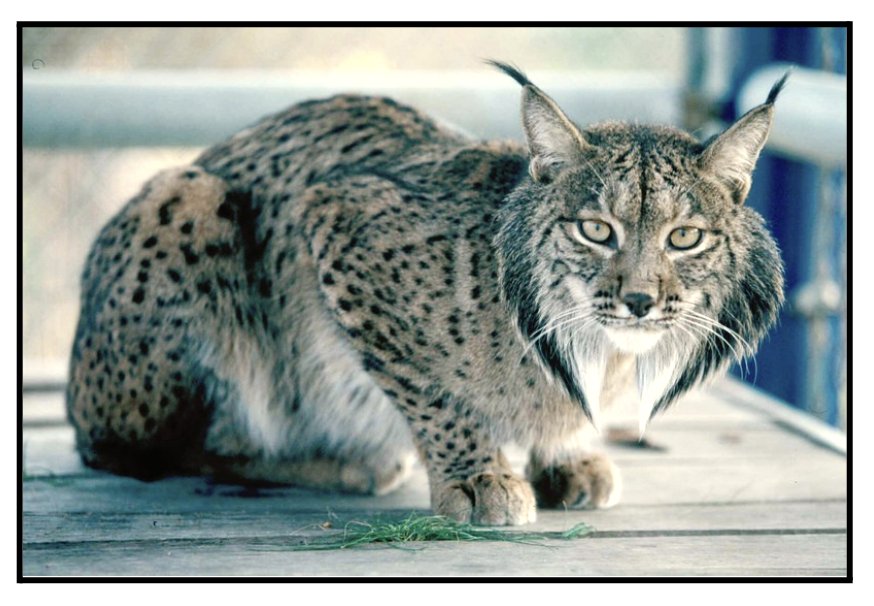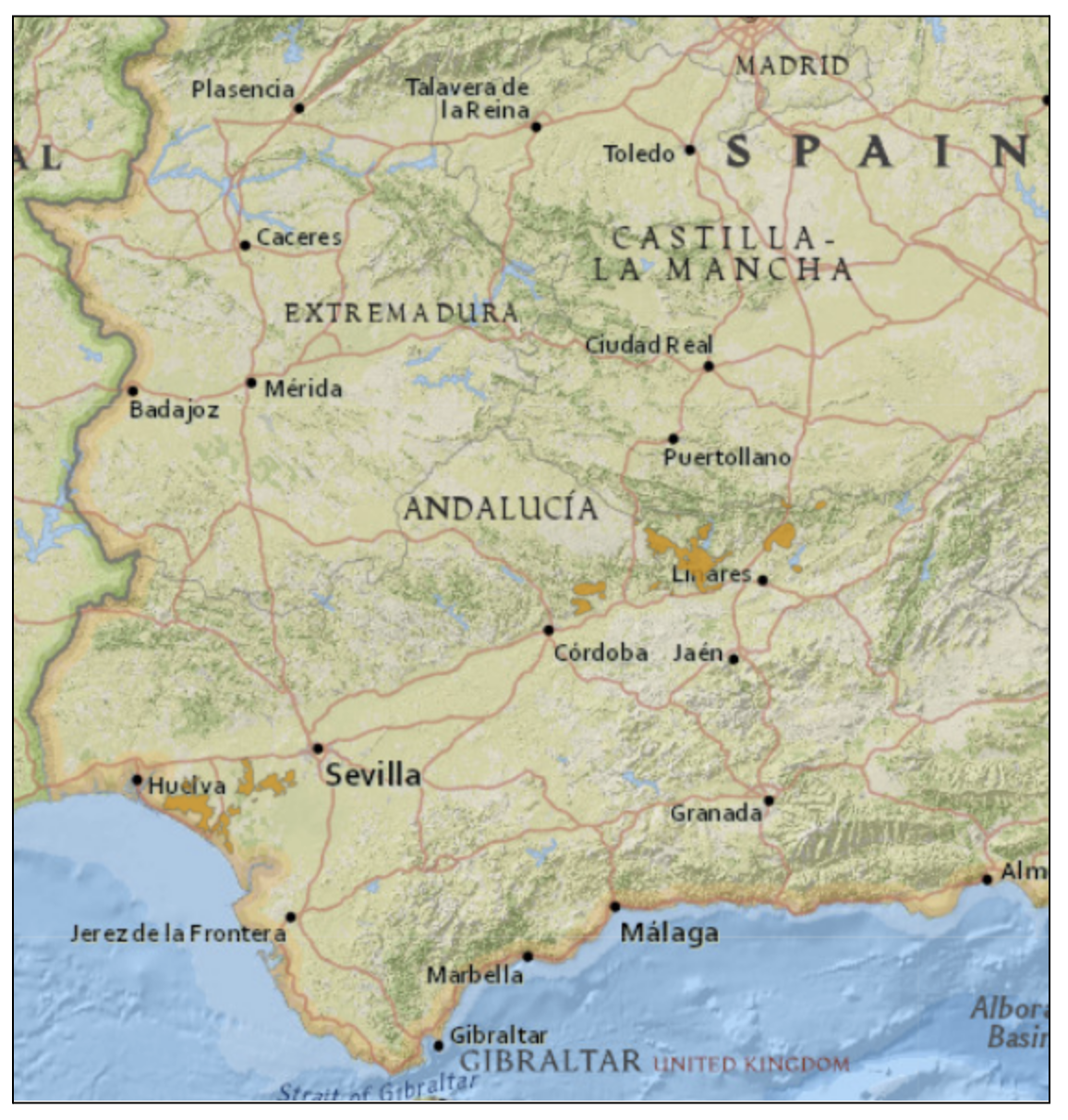News Excerpt:
According to Spain’s Ministry for the Ecological Transition, the species has demonstrated significant population growth in recent years.

More about the news: The 2023 census indicates that the population has doubled over the past three years, now totalling 2,021 individuals, comprising 1,299 adults or subadults and 722 cubs.
About Iberian Lynx:
- IUCN Status - Vulnerable
- Geographical Spread of Population:
-
- In total, 1,731 individuals (85% of the population) reside in Spain, while 291 are found in Portugal. Stable populations are concentrated in four Spanish regions of Andalusia, Castilla-La Mancha, Extremadura & Murcia.
- Lynxes generally give birth between March and April. The average litter size is three, with rarely more than two young surviving weaning.
- Gestation period is around 60-66 days. Rearing the young is the exclusive task of females.
- Kittens remain in the natal den for between two and four weeks, and by four months are able to accompany their mother on hunts. The Iberian lynx feed mostly on wild rabbits.
- Except for the mating period, Iberian lynx are mostly solitary animals.
- Threats to Species:
-
- Fragmentation and destruction of habitats due to infrastructure development.
-
- Expansion of urban areas leading to habitat loss and pollution.
-
- Large-scale monoculture plantations replacing diverse ecosystems.
-
- Overexploitation leading to population declines and extinction risks.
-
- Spread of viral/prion-induced diseases that can devastate native species populations.
- Climate Change & Severe Weather: Changes in climate causing shifts in habitat ranges.



